How Chicago became a melting pot of cultures, races, and nationalities
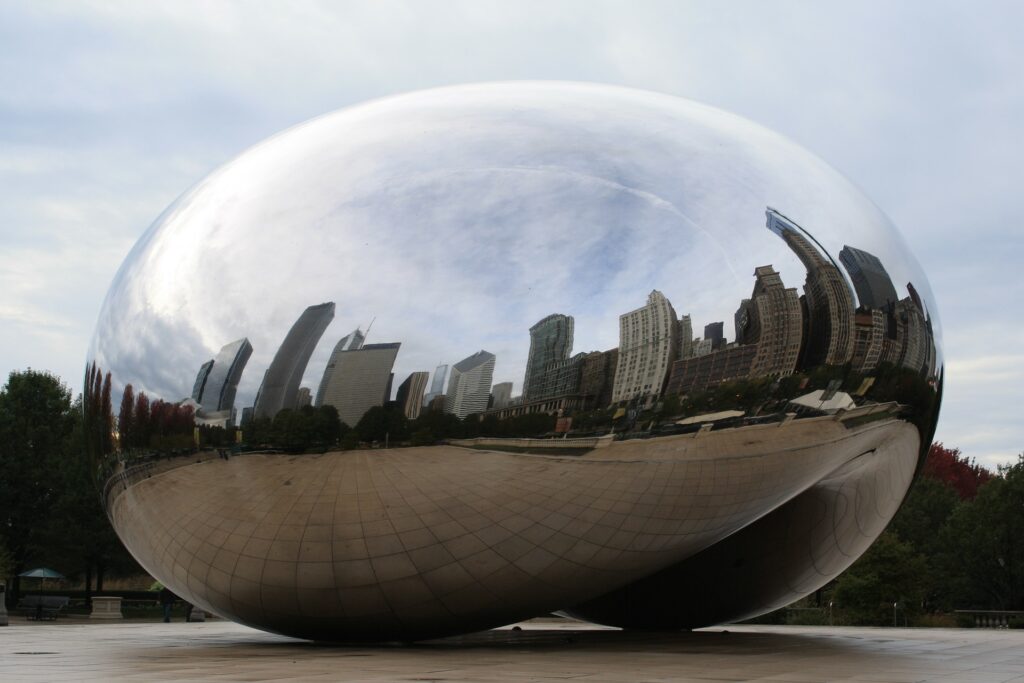
When you think of Chicago, specific words often pop into your mind. Things like deep dish pizza, Navy Pier, Italian beef, and of course, a melting pot. Chicago is known for the many cultures, races and ethnicities that reside here. It’s one of the most diverse cities in the US, which is part of what makes it so great, and why there are so many different types of food available. Although it is widely known that Chicago is a melting pot of people, it’s not as widely known why or how it became so diverse throughout the years. As a native of Chicago’s suburbs, I’m always surprised by how many people live in the city each time I visit. I love seeing the restaurants that have opened each time I go downtown to try new foods, and I’m in awe at all of the cultural festivals and parades throughout the year.
See Chicago from the River on an Architecture River Cruise
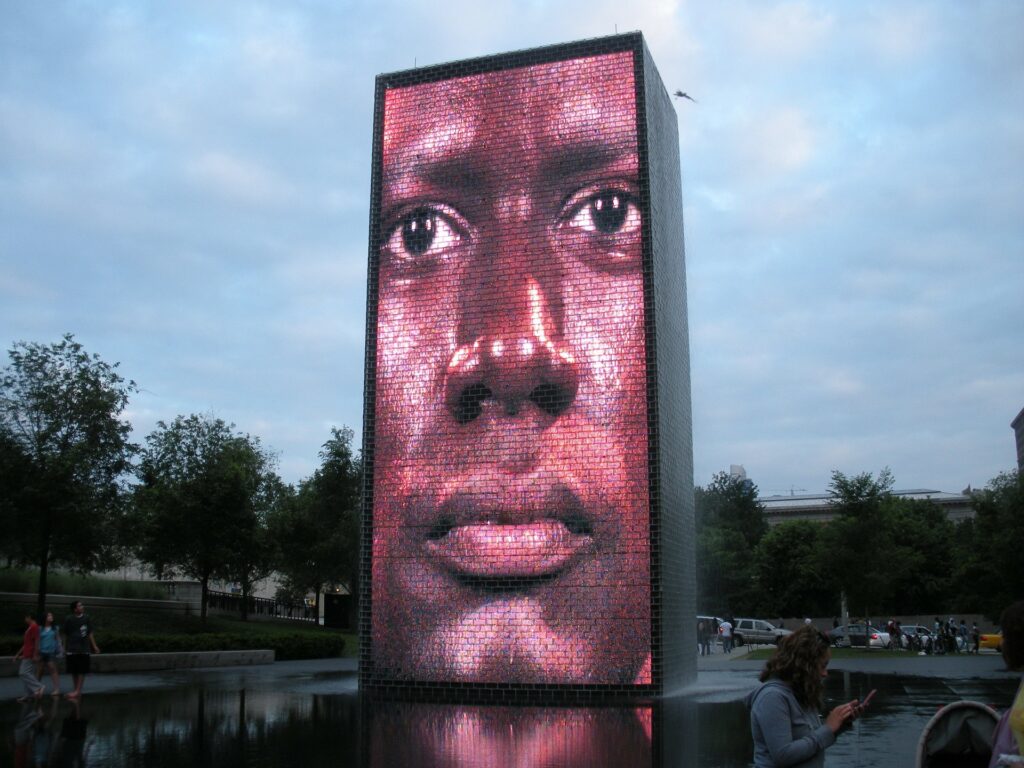
History of Chicago – Why Immigrants Chose This City
America has always promised a better life and an abundance of opportunities, which has been a huge draw for people from abroad, looking to move to a place where they can provide for their families. Chicago is no different. As a trade city with railroads, canals and waterways, and a meat packing industry, it was historically viewed as an excellent place to settle down.
People not only shifted to Chicago from overseas, but also from other areas of North America. As immigrants moved to the city, they were met with some hostility. In order to have a community where they felt safe in bringing up their families, these newcomers created ethnic neighborhoods. That’s why you can find places like Chinatown and Little Italy all across Chicago today.
Nationalities in Chicago
Between the 1850s and 1990s, many people from diverse backgrounds moved to Chicago. When visiting the city today, you can see people from all different places, including Norway, Italy, Mexico, the Philippines, and China. During the 1800s and 1900s, these groups were first-generation immigrants, leaving their original countries to come to the US. Now, a lot of people from these nationalities are second, third, and fourth-generation Americans.
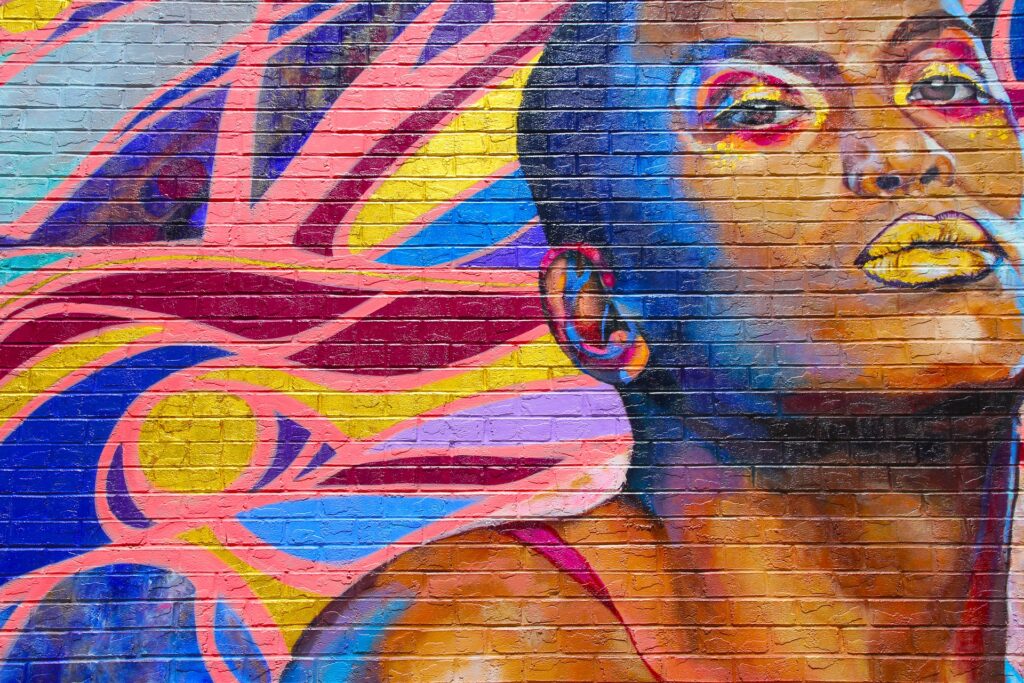
To this day, people from around the world continue to emigrate to Chicago, as the city continues to provide many opportunities. In the past one hundred years, Chicago has shifted from a trade city to a hub of food, attractions, entertainment, and so much more. As the city evolves, it will keep encouraging new immigrants to move here.
Chicago’s cultural diversity
On a warm day, you can stroll through the streets of downtown Chicago and hear all kinds of music – Bachata, rap, blues, any genre you can think of. Restaurants with all different types of food (Hawaiian, Mexican, Italian, and more) line the streets and beckon people in from the sidewalk with delightful smells.
Chicago has 36 parades every year, 74 music festivals, and over 200 theaters. With all of these outlets and events, you can bet you’ll be able to experience the history of the city and its wide range of cultures.
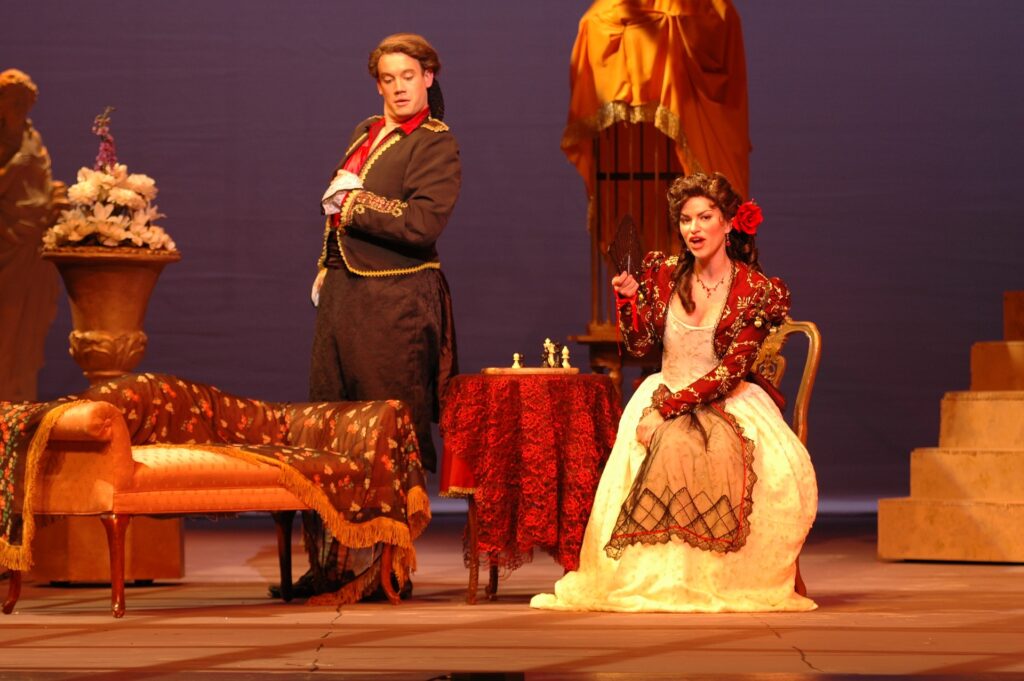
Ethnic neighborhoods in Chicago
There are still many ethnic neighborhoods in Chicago – although today it is a culturally inclusive city, many sections continue to be separated by ethnicity or country of origin. Here are a few ethnic neighborhoods you can expect to see when you’re in Chicago.
Greektown. This is an area I have personally never visited, but not for lack of desire. Chicago is so big and busy that it can be hard to see all it has to offer. This is especially true if you live in the suburbs like I do.
What you can expect to find here:
You will see many different Greek restaurants and bakeries. There is also the National Hellenic Museum, which transports visitors back to the roots of Greek immigrants in Chicago.
Chinatown. This is absolutely one of my favorite places to see. You can visit by driving or by water taxi. Chinatown Square is where most people envision when they think of Chicago’s Chinatown.
What you can expect to find here:
In the square, you’ll find many different Chinese restaurants and shops with herbs, knick-knacks, and all sorts of other goods.
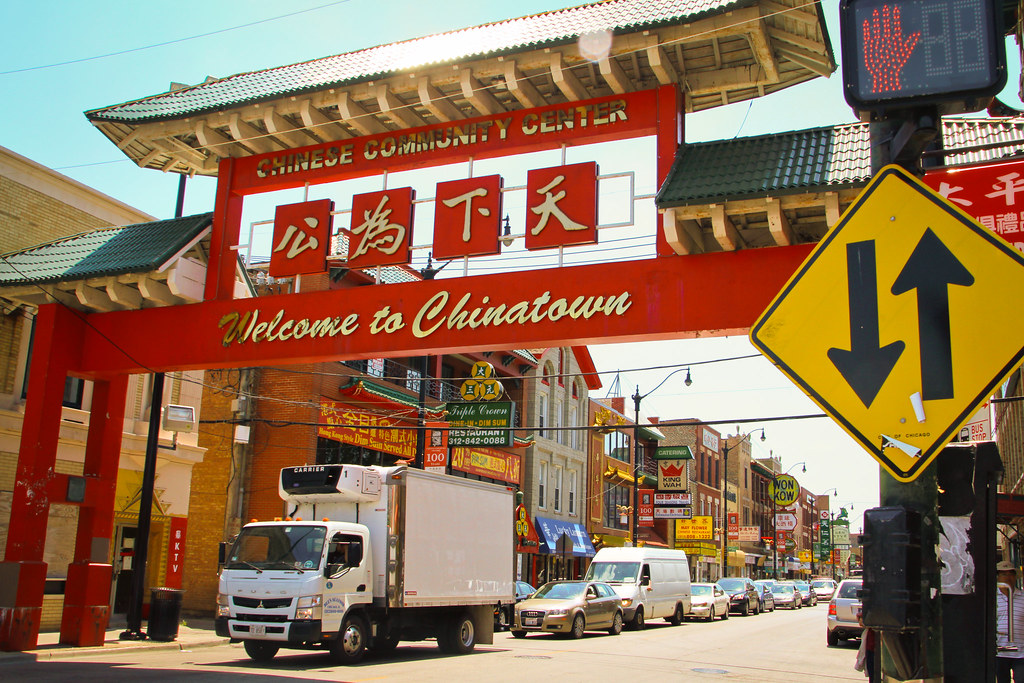
Little Italy. This is another great area to check out. When Italians immigrated to Chicago and brought their recipes, locals loved the food so much that it became their most popular ethnic food in 1920.
What you can expect to find here:
You will of course find a lot of Italian restaurants in this area. You’ll also be able to check out the National Italian American Sports Hall of Fame, which provides a history of Italian American sports players.
Pilsen. This Mexican American neighborhood is one I have driven through many times. Being part Mexican, I connect with this area the most. This is definitely worth a visit – if for nothing else than the food.
What you can expect to find here:
Pilsen offers many options for Mexican food, and is known for the murals and mosaics that are spread throughout the neighborhood. You should also check out the National Museum of Mexican Art while you’re here, for a trip through Mexican artwork and artists from past to present.
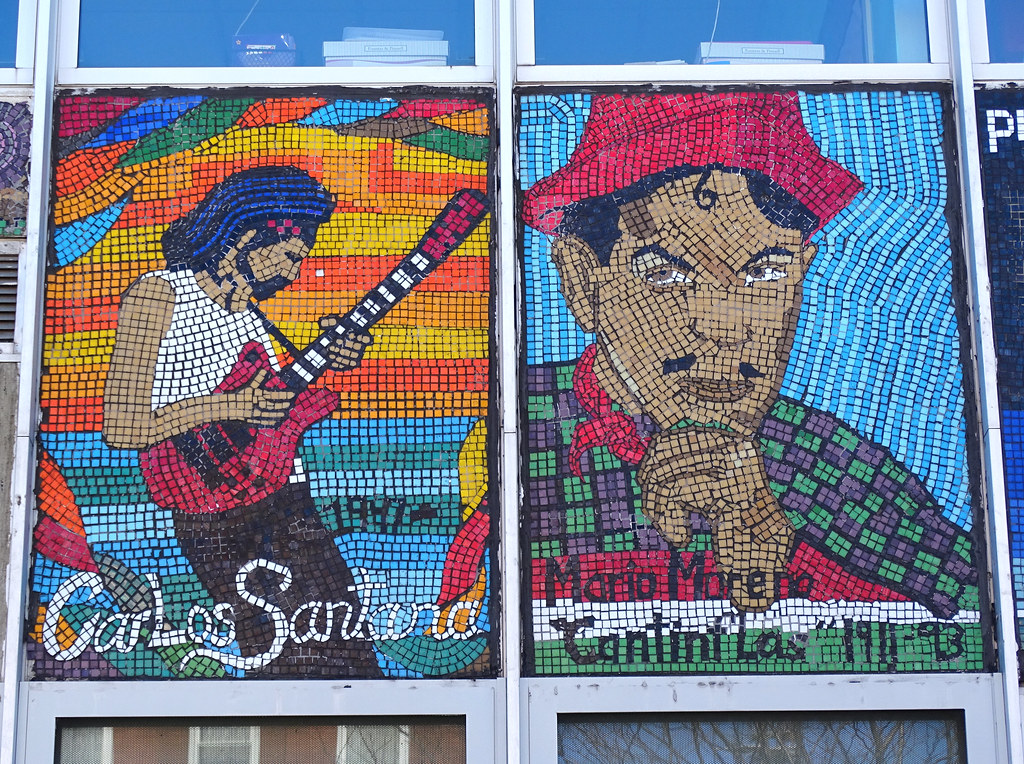
Chicago is a great place to live and an even greater place to visit. You can see the rich history of the area just by walking around the streets. The abundance of museums and art galleries provides a deeper look into each area’s people, and how together they have formed the city into what it is today. Chicago is absolutely multicultural, and it will continue to be for many years to come.
It’s important to learn about cultures different from our own. By offering a place where different people can congregate and live, this city allows us to learn through food, music, museums, art, and language. I hope that Chicago keeps encouraging people to learn about other races, cultures, and ethnicities by growing the available resources, as tension between people is still very real in the city. In my opinion, learning about one another is part of the solution.

Book Your Stay Now in Chicago
Use an interactive map to search, compare and book hotels & rentals at the best prices that are sourced from major booking sites like Booking.com, Hotels.com, Expedia, Vrbo, and more. You can move the map to search for accommodations in other areas and also use the filter to find restaurants, purchase tickets for tours and attractions, and locate interesting points of interest!


Krystina Quintana is a 28-year-old freelancing writer living outside of Chicago, IL. With a passion for food and travel, her articles are engaging and fun to read. Visit her website and follow Krystina on IG @krystinaquin